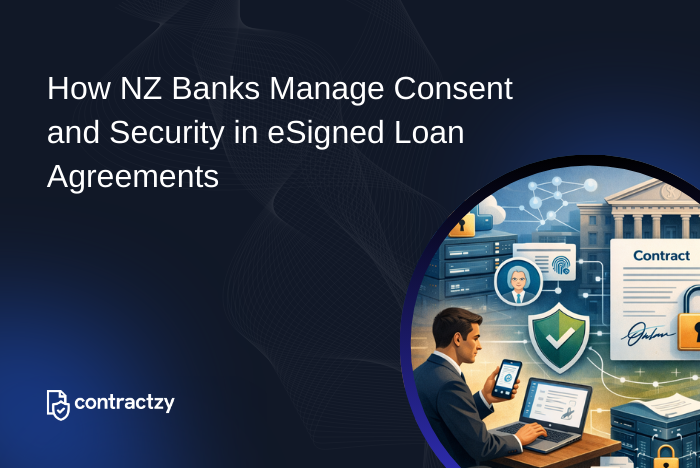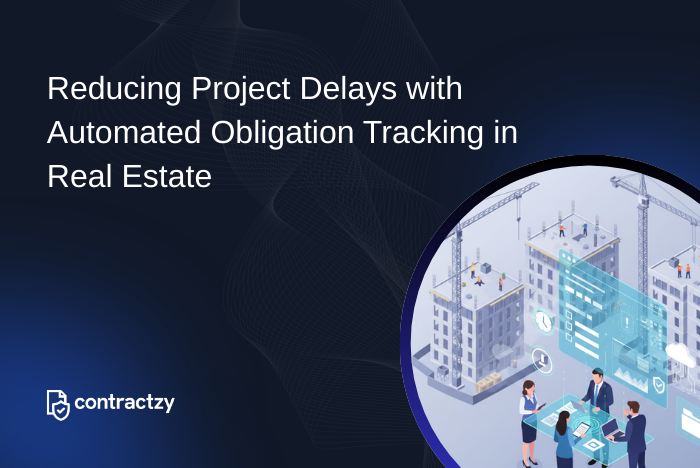
How to choose the perfect Contract Management Software in 2024?
The Contract Management Software or CLM Software selection process is a strategic undertaking, not an impulse buy and requires careful evaluation. This investment reflects not just on your internal team, but also on your professionalism towards clients and partners. By gathering comprehensive information and conducting thorough due diligence, you allow yourself to assess if a software aligns with your needs and delivers on its promises.
Keeping in mind the above things, let us see what to expect during your CLM software selection process.
I. Stage 1
The first and foremost step is understanding your internal needs. Involve different stakeholders across your organization to understand their needs and pain points.
What you should ask?
Sales Team:
- Identify their struggles with contract turnaround times and negotiations
- Understand their experience with the existing Non-Disclosure Agreement process
- Quantify the potential time savings that a streamlined process could offer
IT Team:
- Determine if they have previously considered contract management tools
- Assess their receptiveness to low-code solutions that are easier to implement
Legal Team:
- Understand which steps in the current process they value and want to maintain
- Focus on tasks they find repetitive or inefficient and would benefit from automation
Finance Team:
- Explore how contract management affects their financial planning and budgeting
Needs and Goals:
Having identified the potential benefits of the contract management software, the next step is to explore your options. Clearly articulate your overall objectives for implementing contract management software. Identify the areas within your current process that require the most improvement.
Product Information:
Review product pages, explore help documents, and read customer stories to gain a comprehensive understanding of each tool's features and capabilities.
Refine Your Selection:
Based on your research, narrow down your choices to two or three top contenders.
II. Stage 2
After identifying a handful of promising CLM software options, it's crucial to move beyond marketing materials and focus into the practical functionalities of each tool.
- Request in-depth demonstrations from each shortlisted software vendor and ask questions about specific features and functionalities
- Consider a breakthrough session to discuss your organization's goals and ensure the CLM software can address them effectively
- Make sure you understand how the software facilitates the entire contract process, from initiation and negotiation to signing, approval and ongoing management
III. Stage 3
Take advantage of free trial periods offered by most of the CLM software. But, how?
- Upload sample data
- Test the entire contracting workflow
- Involve other team members to assess ease of use
It is essential that the CLM software should provide support during your trial such as in-app onboarding and additional resources to help you with the tool.
IV. Stage 4
Having identified the ideal CLM software tool, the focus shifts towards securing your chosen plan and preparing for a smooth implementation. Here’s how:
- Choose a pricing plan that aligns with your organization's size and feature requirements. Some software offer pre-built plans, while others may customize a plan based on your needs
- Create an implementation plan outlining data migration steps and team member roles to ensure a smooth transition after purchase
- Coordinate with your procurement team to finalize the contract with the chosen software vendor
Choosing the Right Contract Management Software
Following are the key things to consider when choosing a contract management software:
User-Friendliness:
Opt for a software that is intuitive and user-friendly. If extensive training is required, it may not be the right fit. The software should be easily comprehensible to users upon their first interaction.
Customization Capabilities:
Prioritize a CLM tool that offers customization options tailored to your organization's needs. Look for features that allow you to:
- Create various contract templates
- Set permissions determining which team members can execute specific actions
Integration Capabilities:
The CLM tool should integrate with your existing software, such as CRM, cloud storage, e-signature, and business spend management tools
Automated Workflows:
Evaluate software that enables you to define and automate the contract progression among stakeholders, reducing manual interventions and email exchanges.
Workflow Features to Look For:
- Import contract templates from various formats
- Identify essential contract information
- Define contract conditions and approval processes
- Specify the required signatory roles
Online Contract Management:
For organizations requiring online contract signing capabilities, choose a CLM tool that empowers the legal team to manage these processes autonomously, without IT or development support.
Artificial Intelligence (AI) Capabilities:
Consider CLM software that leverage AI technologies to enhance the contract management process. AI functionalities can assist in:
- Uploading and tagging contract files
- Analysing contract details, including dates, names, values, and expiration terms
- Streamlining contract review and comparison tasks
Contract Repository:
A comprehensive digital contract repository is crucial for efficient contract management. Seek a CLM tool that provides:
- Alerts for upcoming contract renewals
- Comparative analysis features across multiple agreements
- Insights into deal timelines for the sales
While this blog provides a general framework for CLM software selection, consider exploring Contractzy's AI powered contract lifecycle management software which offers a user-friendly tool with features like automated workflows, customizable templates, easy integrations and streamlining your contract management from start to finish. Check if Contractzy might be the ideal fit for your organization's CLM needs.








